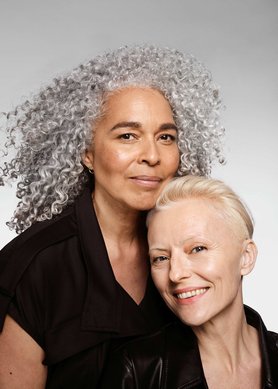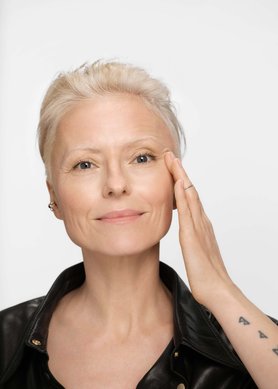Exercise is your best friend.
The negative changes that occur during menopause can be observed in muscular tissue. A muscle wasting process (sarcopenia), and changes in the contractile properties are easily observed. Physical exercise has been used as a non-pharmacological intervention to prevent and reverse the physiological effects mentioned above. It is well known that physical exercise can improve functional and physical parameters such as body composition but also strength, cardiorespiratory capacity, and bone mineral density(1).
Physical activity may be important in predicting future physical function even more than body weight. Although the type, frequency, and duration of exercise needed to reduce fall risk and enhance bone density mass remains controversial, resistance training seems to be the best choice. It can slow bone mineral loss and preserve muscle. Also, the use of weights while training can improve physical function(2).
Exercise during menopause prevents joint changes, osteoporosis, and muscle wasting. They strengthen blood circulation of tissues, protect against chest stiffening, and prevent varicose veins and hernias. They have a beneficial effect on the circulatory system. Increasing blood circulation in peripheral vessels causes an increase in the surface of blood contact with tissues. Physical activity thus works to heal and rejuvenate(3). There are plenty of benefits. So how can you keep your shape during menopause?
Some ideas to help you stay active:
● Running
● Walking
● Swimming
● Cycling
● Yoga
● Pilates
● Qi Gong(1)








